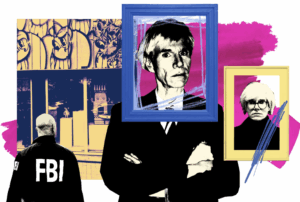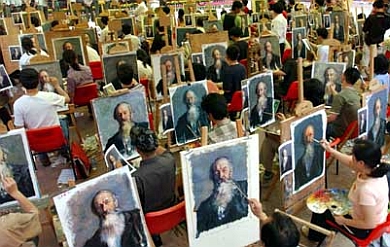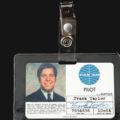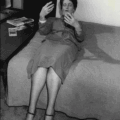
The allure of owning an Andy Warhol is hard to resist. For many collectors, the pop artist’s name carries not only cultural cachet but also the promise of long-term value. That promise, however, became a trap in Palm Beach, where art dealer Daniel Elie Bouaziz built a business on counterfeit works that left his clients with worthless prints and shattered trust.
Bouaziz, who ran galleries along the prestigious Worth Avenue, pled guilty in 2023 to money laundering after federal investigators revealed that he had been selling fake Warhols and other forged artworks. The scandal pulled back the curtain on the mechanics of art fraud and the ease with which even the most wealthy and sophisticated buyers can be deceived.
The fraud chain began with inexpensive reproductions bought online, often for just a few hundred dollars. Bouaziz stripped away markings that identified them as replicas and then fabricated provenance papers to establish a false history. He attached glossy certificates of authenticity that bore his own name and the lofty title of “Certified International Fine Art Appraiser.” With the documents complete, the reproductions were presented as originals, now carrying price tags in the hundreds of thousands, and in one case, millions, of dollars.
Buyers who trusted the paperwork and the prestige of Bouaziz’s Palm Beach galleries entered the chain at its most dangerous point: the sale. One customer put down $200,000 on Warhol pieces priced between $75,000 and $240,000 each. Another prospective buyer, who turned out to be an undercover FBI agent, was offered a “Basquiat” for $12 million that Bouaziz had purchased online for less than $500. The trust that collectors placed in documents, signatures, and a dealer’s reputation became the very tools used to defraud them.
The impact on buyers went beyond the financial hit. For collectors, authenticity is everything; an artwork’s value is tied not only to its image but to its history, its creator, and its place in the canon. When that chain of authenticity is broken, the work becomes worthless in the eyes of the market. Victims of Bouaziz’s scheme were left holding pieces that carried none of the cultural or monetary weight they believed they had purchased. Some learned that the “Warhols” they had displayed proudly were mass-produced prints. Others realized the certificates and provenance documents they had trusted were nothing more than props in an elaborate con.
The case also underscores how difficult it can be for buyers to protect themselves. Authentication is often subjective, provenance can be forged, and even signed works are vulnerable to deception. The Bouaziz scandal demonstrates that due diligence requires more than paperwork; it demands independent verification by experts with no stake in the sale. Without that step, buyers remain exposed to the very fraud chain that ensnared collectors in Palm Beach.
Bouaziz was sentenced to 27 months in federal prison, along with supervised release and fines, but the damage to his clients cannot be undone. Their trust in the market and in the mechanisms meant to protect them has been deeply shaken. For every victim, the loss is not only monetary but also emotional, as the thrill of owning a Warhol was replaced by the sting of betrayal.
In the end, the case reveals the fragility of confidence in the art world. A forged signature, a fabricated certificate, and a false promise were enough to turn cheap prints into “masterpieces” that fooled buyers and fueled a lucrative scheme. For collectors, the lesson is stark: in the high-stakes market of modern art, trust can be the most expensive mistake of all.







